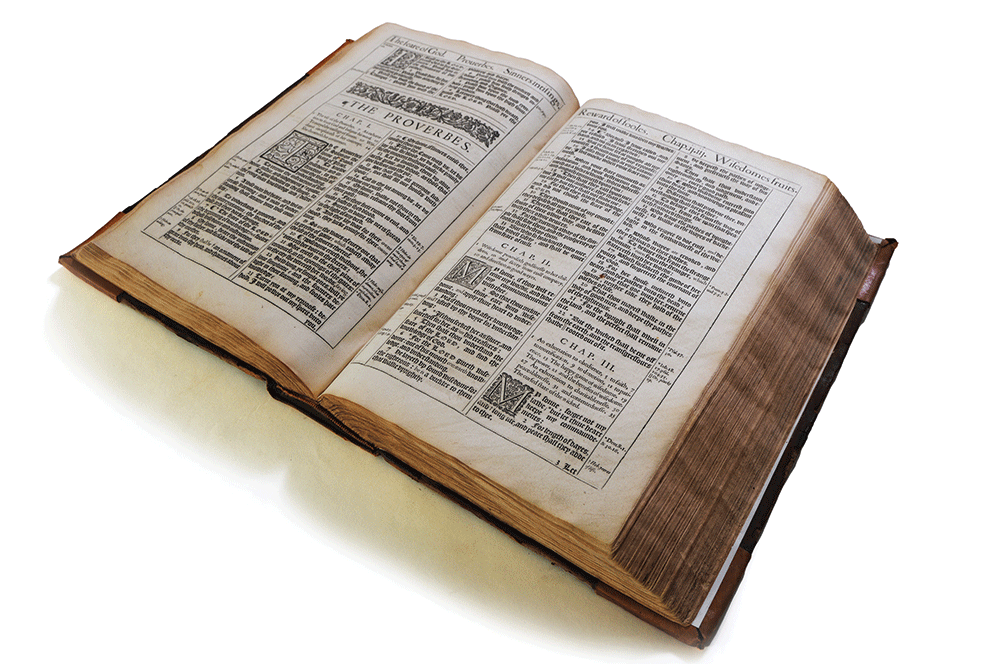Another one?
The new revised standard Version of the Bible, recently available online and in a few months in print, is not a new translation but an update of the 20-year-old one done by Catholic and Protestant scholars and churches.
The rationale for updating is simple. Hardly anyone now reads the Hebrew of the Old Testament or the Koine Greek of the New. And English is not static. Much of the language of Shakespeare and King James is not what we speak today.
The last 20 years have seen some changes, too. Scholarship has brought more clarity to the original texts. And how we refer to people is changing.

Religious studies professor Meghan Henning, who served as a peer reviewer for the updated translation, is versed in disabilities studies. She noted that the translations subheads (not part of the original text) often identified people by their disabilities. Her suggestion to improve on that shows up, for example, in a heading in Luke. The old version: “Jesus cleanses 10 lepers.” The new: “Jesus cleanses 10 men with a skin disease.” (That’s a double change since it’s argued now that what was called leprosy in ancient times is not what today is called leprosy.)
A change not made continues to be significant. Mary still refers to herself as a “servant” of the Lord. The Greek word “doulos,” translated as “servant,” would 2,000 years ago be understood to involve unpaid labor and violent coercion, to refer to a slave.
“Mary,” Henning observes, “is offering consent to something that was usually non-consensual.” Referring to her as a “servant,” Henning says, obscures “what is a frightening and dramatic choice.”
Mary, by free act of her own will, chooses the will of God.